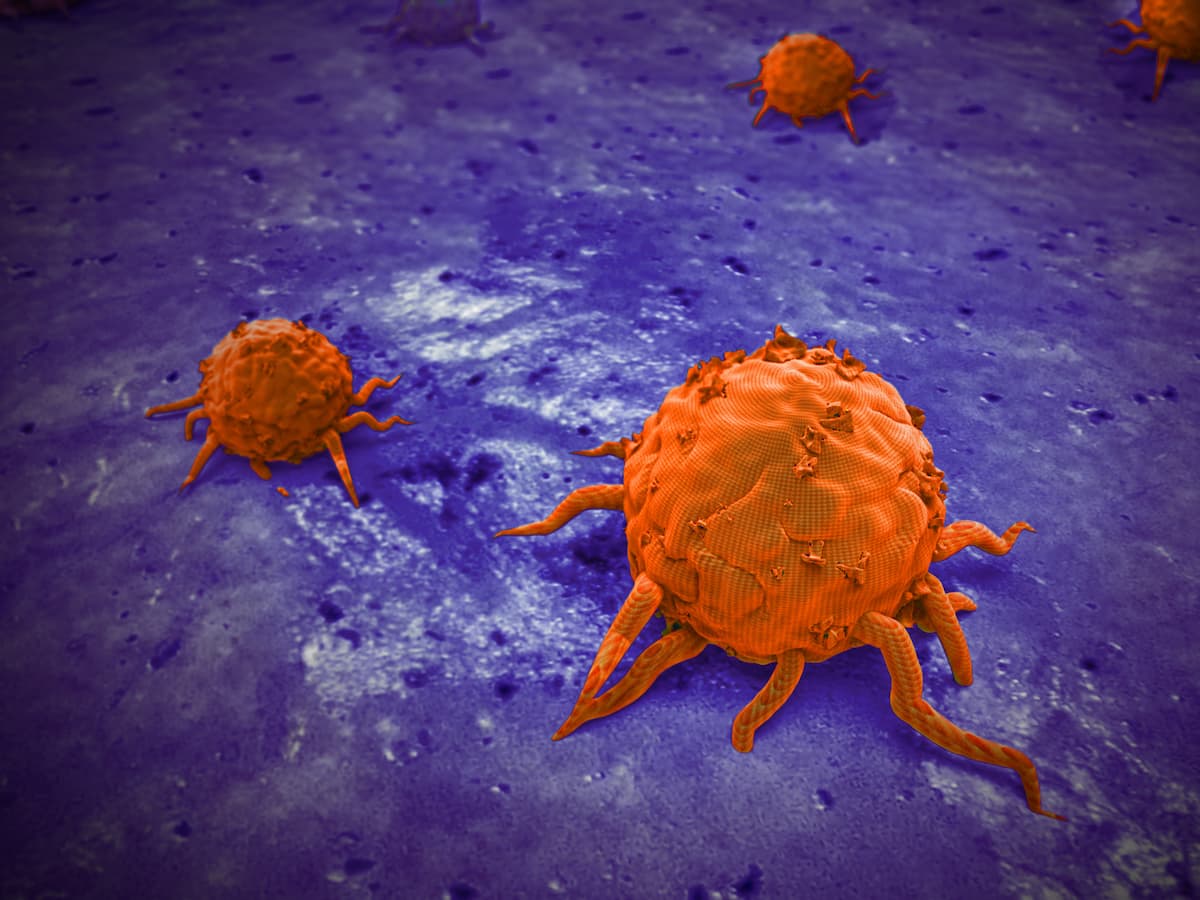Urinary Activity Does Not Affect PET Radiotherapeutic in Prostate Cancer
18F-rhPSMA-7.3 was approved by the FDA for the detection of PSMA-positive lesions during PET/CT imaging in prostate cancer.
The FDA approved 18F-rhPSMA-7.3 in this patient population for use during PET scans to enable the detection of prostate-specific membrane antigen (PSMA)–positive lesions in May 2023.

Urinary activity rarely impacted the disease assessment following 18F-rhPSMA-7.3 (flotufolastat F 18; Posluma) injection during PET/CT imaging among patients with newly diagnosed and recurrent prostate cancer, according to findings from a post-hoc analysis of the phase 3 LIGHTHOUSE (NCT04186819) and SPOTLIGHT (NCT04186845) trials published in a press release from Blue Earth Diagnostics.1
Three blinded readers assessed 712 evaluable 18F-rhPSMA-7.3 scans and were able to distinguish between urinary activity and disease uptake in 96% of patients by majority read. Moreover, halo artifacts affecting assessment around the uterus and bladder occurred in only 0.3% of this population. The median bladder maximum standardized uptake value was 17.1, and the figure for mean standardized uptake value was 12.5.
Investigators reported these findings at the 2023 Society of Nuclear Medicine & Molecular Imaging (SNMMI) Annual Meeting.
The FDA approved 18F-rhPSMA-7.3 in this patient population for use during PET scans to enable the detection of prostate-specific membrane antigen (PSMA)–positive lesions in May 2023.2
“The ability to gather actionable information from PSMA PET scans is important for physicians to make informed decisions about patient management for [patients] with prostate cancer,” study author Phillip Kuo, MD, PhD, professor in the Departments of Medical Imaging, Medicine, and Biomedical Engineering at the University of Arizona, said in the press release.
“Activity in the urinary bladder area is a common feature of PSMA-PET radiopharmaceuticals. It can potentially obscure tumors and lymph nodes in the prostate region, which is the most common site of recurrence, and interfere with accurate image interpretation. The data presented here build on early clinical experience and suggest that, among this large dataset from two phase 3 prospective trials, [18F-rhPSMA-7.3] urinary activity is relatively low and rarely impacts disease assessment.”
Of the 712 18F-rhPSMA-7.3 scans evaluated in this study, 348 were drawn from patients with newly diagnosed disease enrolled in the LIGHTHOUSE trial and 364 were from those with recurrent disease enrolled in the SPOTLIGHT trial. Investigators excluded 6 scans due to cystectomy, renal failure, or the presence of a urinary catheter.
Readers used a 3-point scale to grade the impact of urinary activity on their ability to assess prostate, prostate bed, pelvic, or retroperitoneal lymph nodes.
Investigators conducted the prospective, multicenter, single-arm phase 3 LIGHTHOUSE trial in the United States and Europe and tested 18F-rhPSMA-7.3 in newly diagnosed prostate cancer.3 The multicenter, single-arm phase 3 SPOTLIGHT trial tested the injection in patients with elevated prostate-specific antigen levels after previous therapy, who were therefore suspected to have recurrent disease.4
According to the press release, the post-hoc analysis did not compare 18F-rhPSMA-7.3 head-to-head with other radiopharmaceuticals, which is a notable limitation to these findings. Additionally, reader agreement was not formally tested.
“We are pleased to share these results about our new FDA-approved product, [18F-rhPSMA-7.3], with the imaging community at SNMMI,” David E. Gauden, PhD, chief executive officer at Blue Earth Diagnostics, said in the press release. “We believe that [18F-rhPSMA-7.3]’s diagnostic performance, high-affinity PSMA binding, and low urinary activity characteristics make it a valuable diagnostic tool that is radiolabeled with 18F for high image quality and readily available patient access.”
References
- Blue Earth Diagnostics announces results of post-hoc analysis assessing impact of urinary activity on interpretation of POSLUMA® (flotufolastat F 18) injection PET/CT in prostate cancer. News Release. Blue Earth Diagnostics. June 26, 2023. Accessed June 27, 2023. https://bit.ly/3NPkzOI
- U.S. FDA approves Blue Earth Diagnostics’ POSLUMA® (flotufolastat F 18) injection, first radiohybrid PSMA-targeted PET imaging agent for prostate cancer. News release. Blue Earth Diagnostics. May 30, 2023. Accessed June 27, 2023. https://bit.ly/43baWPD
- Chapin BF, Koontz BF, LIGHTHOUSE Study Group. Detection of true positive M1 lesions by 18F-rhPSMA-7.3 PET in newly diagnosed prostate cancer: results from the phase 3 prospective LIGHTHOUSE study. J Clin Oncol. 2023;41(suppl 6):315. doi:10.1200/JCO.2023.41.6_suppl.315
- Lowentritt, B. Impact of Clinical Factors on 18F-rhPSMA-7.3 Detection rates in men with recurrent prostate cancer: findings from the phase 3 SPOTLIGHT study. Presented at: 2022 American Society for Radiation Oncology Annual Meeting (ASTRO); October 23-26, 2022; San Antonio, TX. Abstract 1049. doi:10.1016/j.ijrobp.2022.07.585
Newsletter
Stay up to date on recent advances in the multidisciplinary approach to cancer.
Navigating Treatment Intensification in Metastatic Hormone-Sensitive Prostate Cancer
A patient case of a 50-year-old man with hormone-sensitive prostate cancer sparked a debate among oncologists regarding the best course of action.